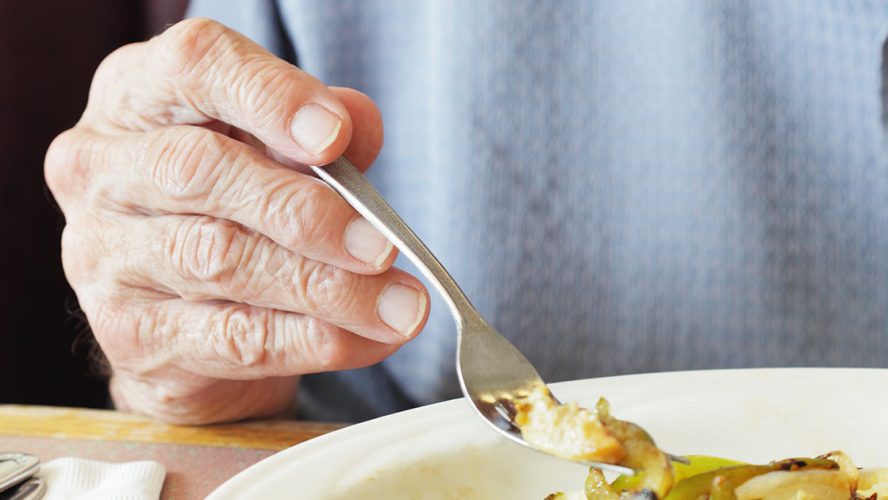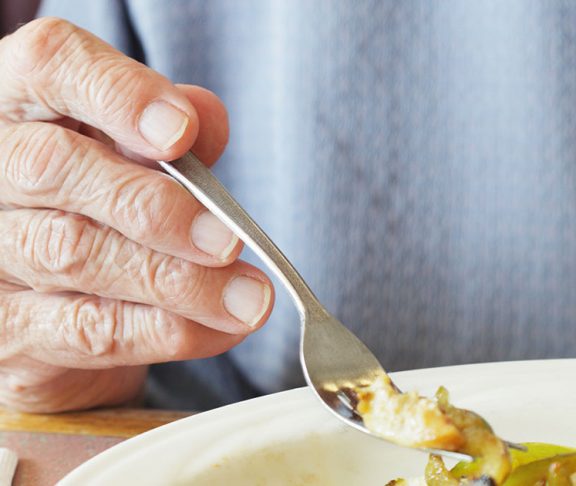Dysphagia is far more common than you may think among stroke survivors. Learn the warning signs and paths to treatment.
More than three-quarters of stroke survivors may experience swallowing difficulties, according to data published in the journal Stroke. The ability to eat is critical not only to a person’s overall health and physical recovery but also to their quality of life. It is important for stroke patients and their loved ones to know the signs and treatment options for swallowing disorders, also called dysphagia.
Signs of trouble
General signs of dysphagia include:
- Coughing during or right after eating or drinking
- Wet or gurgly sounding voice during or after eating or drinking
- Extra effort or time needed to chew or swallow
- Food or liquid leaking from the mouth or getting stuck in the mouth
- Recurring pneumonia or chest congestion after eating
- Weight loss or dehydration from not being able to eat enough
Getting help
Seeking treatment for swallowing difficulties is essential for many reasons. These issues can lead to poor nutrition or dehydration; risk of aspiration (food or liquid entering the airway), which can lead to pneumonia and chronic lung disease; less enjoyment of eating or drinking; and embarrassment or isolation in social situations involving eating.
A speech-language pathologist who specializes in swallowing disorders can evaluate individuals who are experiencing problems eating and drinking. Depending on what they find, they may recommend a course of treatment that includes specific swallowing treatment (such as exercises to improve muscle movement); positions or strategies to help the individual swallow more effectively while eating; or specific food and liquid textures that are easier and safer to swallow.

